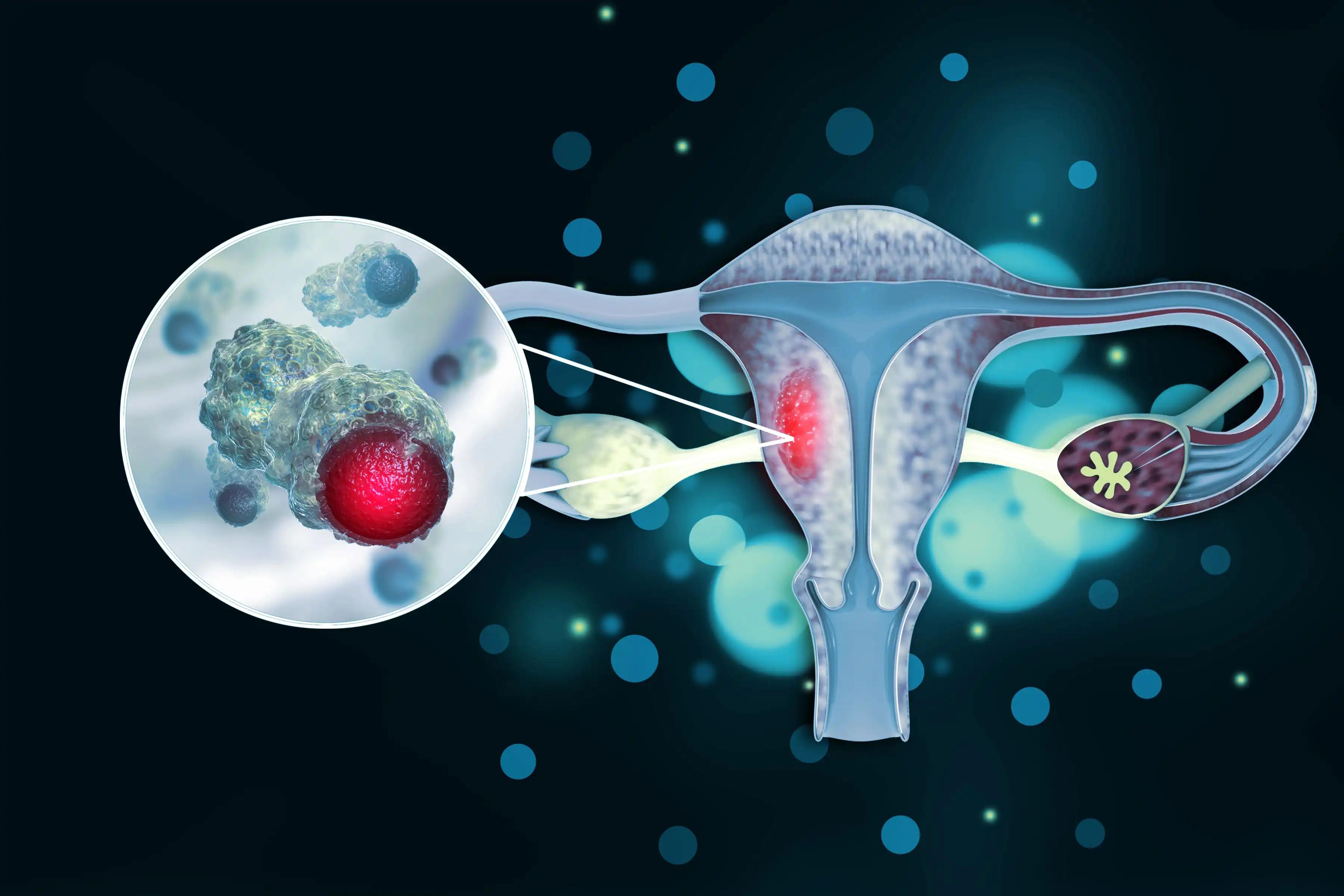KEY TAKEAWAYS
- The study aimed to enhance neck curvature reproducibility in SGRT by using OSI guidance on 2 specific ROIs.
- The 2-ROI SGRT technique is feasible and effective for consistent neck and c-spine alignment.
To enhance the reproducibility of neck curvature setup using real-time optical surface imaging (OSI) guidance, this study investigates a novel technique involving 2 regions of interest (ROIs) to infer cervical spine (c-spine) curvature for surface-guided radiotherapy (SGRT) in head-and-neck (HN) and c-spine cancer.
Guang Li and the team aimed to achieve consistent neck and c-spine curvature setup, irrespective of the visibility and availability of neck ROIs.
Researchers developed a new method for SGRT to reproduce neck curvature using 2 ROIs: an upper-chest ROI and an open-face ROI. The hypothesis was that aligning both ROIs within a ±3 mm/2˚ tolerance would reproduce neck curvature.
This method was tested with 7 volunteers using real-time 3D-OSI guidance and lateral 2D photography for verification. SGRT aligned the chest and face ROIs, making adjustments using a head-support slider. Neck curvature was verified anteriorly and posteriorly by overlaying edge-extracted lateral images.
Retrospectively, the relationship between anterior surface and spinal canal alignment was examined in 11 patients using simulation CT (simCT) and setup cone-beam CT (CBCT). After aligning the anterior surface, spinal canal alignment was checked and quantified using mean-distance-to-agreement (MDA) and DICE similarity index.
The results indicated that the reproducibility of neck curvature using the 2xROI SGRT setup was verified, with a mean neck-outline-matching difference within ±2 mm in lateral photographic overlays. Aligning the chest ROI took 110 ± 58 seconds, while the face ROI took 60 ± 35 seconds.
When the anterior surface was aligned (MDA = 1.1 ± 0.6 mm, DICE = 0.96 ± 0.02), the spinal canal also aligned (MDA = 1.0 ± 0.3 mm, DICE = 0.84 ± 0.04) in 11 patients, showing a robust surface-to-spine correlation (c = 0.90 for MDA, c = 0.85 for DICE).
The study concluded that the novel 2-ROI SGRT setup technique is feasible for achieving reproducible neck and c-spine curvature, independent of neck visibility. Staff training is essential for effective adoption and improved patient setup.
The study was funded in part by the MSK Cancer Center.
Source: https://pubmed.ncbi.nlm.nih.gov/39109645/
Li G, Yu V, Ryan K, et al. (2024). “Feasibility of a Novel Surface-Guided Setup Technique to Reproduce Neck Curvature Using Two Regions of Interest.” Technol Cancer Res Treat. 2024 Jan-Dec;23:15330338241271946. doi: 10.1177/15330338241271946. PMID: 39109645.



